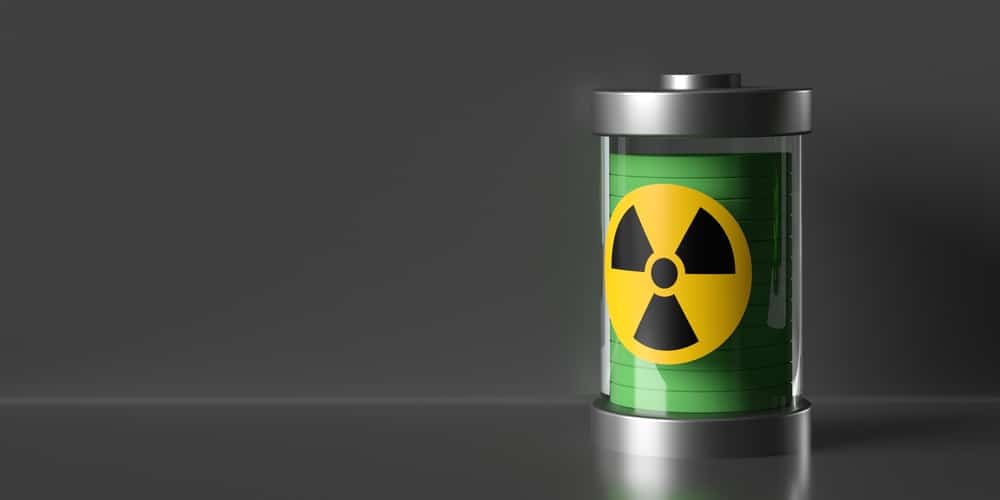
The fight against climate change is no longer a distant, abstract battle. It’s a present-day reality demanding urgent and innovative solutions. Among these solutions, carbon removal technologies stand out as critical tools in the effort to reduce atmospheric carbon dioxide levels. But as the carbon removal industry expands rapidly, one element is crucial to ensuring its success: standards. This is where the Carbon Removal Standards Initiative (CRSI) comes into play.
The Importance of Carbon Removal
Carbon removal encompasses a range of technologies and practices designed to extract carbon dioxide from the atmosphere and store it safely. This is essential not only to mitigate the impacts of past emissions but also to offset ongoing emissions as we transition to a net-zero economy. Methods include direct air capture, soil carbon sequestration, reforestation, and bioenergy with carbon capture and storage (BECCS), among others. Each of these approaches holds promise but also comes with its own set of challenges and uncertainties.
Why Standards are Crucial
In a rapidly growing field like carbon removal, standards are vital for several reasons:
Credibility and Trust: Standards provide a framework for validating the effectiveness of carbon removal methods. Without clear, rigorous standards, it’s challenging for stakeholders—whether they are investors, regulators, or the general public—to trust that a given technology or practice is genuinely effective in removing carbon.
Consistency and Comparability: Different carbon removal methods and projects can vary widely in their methodologies and outcomes. Standards ensure that there is consistency in how carbon removal is measured, reported, and verified, making it easier to compare different approaches and technologies.
Quality Assurance: Standards help prevent the proliferation of ineffective or misleading carbon removal projects. By establishing benchmarks for performance, accuracy, and transparency, standards help ensure that carbon removal projects are both reliable and scalable.
Regulatory Compliance and Market Access: As carbon markets and regulatory frameworks evolve, having standardized practices helps carbon removal projects navigate these systems more effectively. Standards often align with regulatory requirements and can facilitate smoother access to carbon markets, where projects can generate carbon credits or other financial incentives.
The Role of CRSI
The Carbon Removal Standards Initiative (CRSI) plays a pivotal role in addressing the need for robust standards in this emerging field. CRSI is dedicated to developing and promoting standards that drive quality, transparency, and accountability in carbon removal. Here’s how CRSI is making an impact:
Developing Comprehensive Standards: CRSI works on creating detailed guidelines and standards for various carbon removal methods. This includes defining how to measure, report, and verify the amount of carbon removed and ensuring that these processes are scientifically sound and practically applicable.
Fostering Collaboration: CRSI brings together experts from across the industry, including scientists, engineers, policymakers, and other stakeholders. This collaborative approach helps ensure that standards are well-rounded and address the diverse needs and challenges of the carbon removal sector.
Supporting Innovation: By setting clear standards, CRSI not only enhances credibility but also encourages innovation. Projects and technologies that meet these rigorous standards are more likely to attract investment and support, driving further advancements in the field.
Promoting Transparency: CRSI emphasizes the importance of transparency in carbon removal. By establishing clear standards for reporting and verification, CRSI helps ensure that the carbon removal claims made by projects are accurate and verifiable, fostering trust among stakeholders.
Looking Ahead
The carbon removal industry is poised for significant growth as the world intensifies its efforts to combat climate change. However, this growth must be guided by robust standards to ensure that it is both effective and credible. The CRSI’s work in developing and promoting these standards is essential for the success of this critical field.
As we move forward, the role of organizations like CRSI will become increasingly important. By establishing and upholding high standards, we can ensure that carbon removal technologies deliver on their promises and contribute meaningfully to our climate goals. Standards matter because they provide the foundation for trust, quality, and progress in the fight against climate change.
In the end, the success of carbon removal initiatives—and our broader climate goals—depends not only on the technologies we develop but also on the standards that guide their implementation and validation. The CRSI’s commitment to these standards represents a crucial step toward a more sustainable and accountable future.
